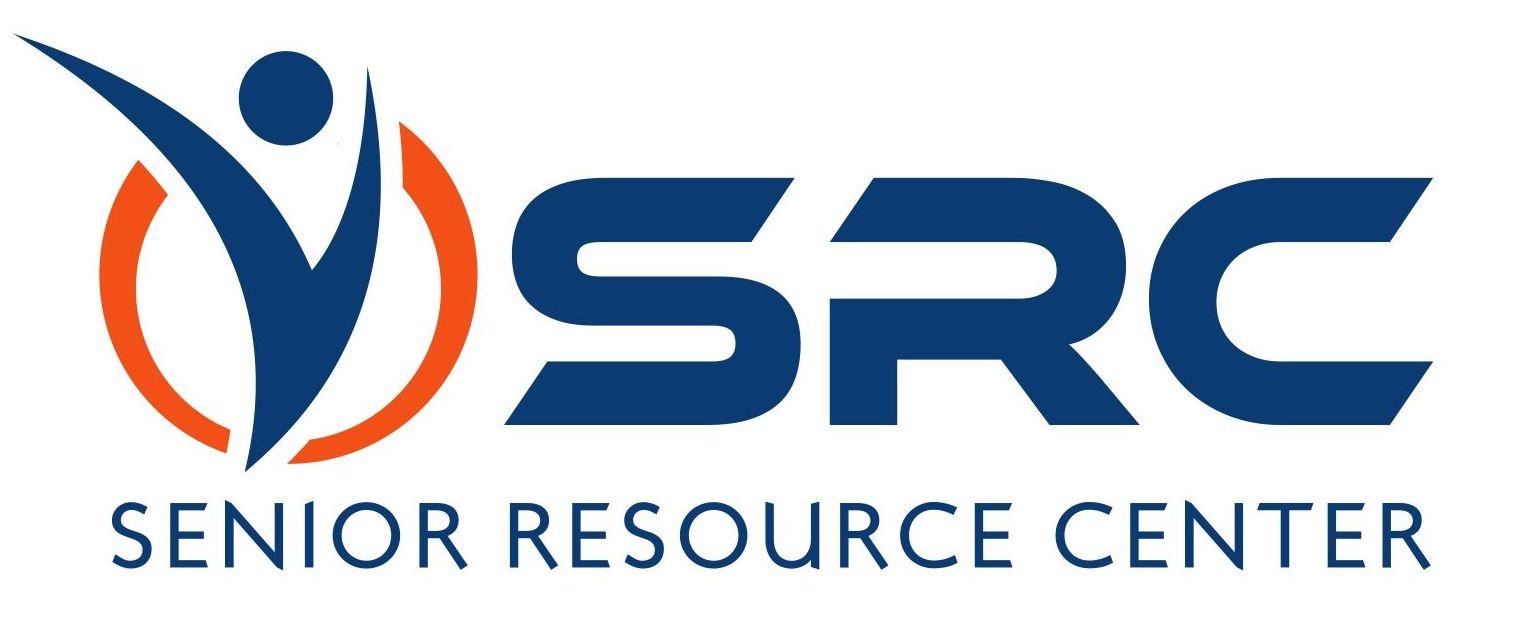Navigating Financial Freedom: Strategies for Roth IRA Conversions
Retirement planning can be a maze of complex financial decisions, but one avenue worth exploring is the Roth IRA conversion. For seniors in Austin, Texas, seeking to maximize their financial freedom in retirement, understanding the ins and outs of Roth IRA conversions can be a game-changer. In this blog post, we'll delve into what Roth IRA conversions entail, why they matter, and strategies to make the most of them.
What is a Roth IRA Conversion?
Why Consider a Roth IRA Conversion?
Tax-Free Growth: Funds in a Roth IRA grow tax-free, allowing your investments to compound without the drag of annual tax payments.
Tax-Free Withdrawals:
In retirement, withdrawals from a Roth IRA are tax-free, providing a source of tax-free income to supplement other retirement savings.
No Required Minimum Distributions (RMDs): Roth IRAs are not subject to RMDs during the original account owner's lifetime, offering greater flexibility in retirement planning and potential estate planning benefits.
Strategies for Roth IRA Conversions:
Convert During Low-Income Years: Consider converting traditional IRA or 401(k) funds into a Roth IRA during years when your income tax rate is lower than usual. This could be during periods of early retirement, unemployment, or before Social Security benefits kick in.
Partial Conversions: You don't have to convert your entire traditional IRA balance at once. Partial conversions allow you to spread out the tax liability over several years, potentially reducing the impact on your current tax bill.
Manage Tax Liability:
Be mindful of the tax implications of Roth IRA conversions. While the converted amount is taxable in the year of conversion, careful planning can help minimize the tax hit. Consult with a tax advisor to devise a conversion strategy that aligns with your overall financial plan.
Consider Future Tax Rates:
Assess your anticipated future tax rates when deciding whether to convert to a Roth IRA. If you expect your tax rate to be higher in retirement, a Roth conversion may make sense as it locks in today's lower tax rates.
Estate Planning Benefits:
Roth IRAs offer potential estate planning advantages, as tax-free withdrawals can benefit heirs. By converting traditional IRA funds into a Roth IRA, you can leave a tax-free inheritance for your beneficiaries.
Diversify Tax Exposure:
Diversification isn't just about asset allocation; it also applies to tax exposure. Having a mix of traditional and Roth retirement accounts can provide flexibility in managing taxes in retirement.
How Roth IRA Conversions Can Help in Retirement:
Tax Diversification: By having both traditional and Roth retirement accounts, you gain flexibility in managing your tax liability in retirement. Withdrawals from traditional accounts may be taxed, while withdrawals from Roth accounts are tax-free, allowing you to optimize your tax situation based on your needs each year.
Minimize Tax Impact: Roth IRA conversions can help minimize the impact of future tax hikes. By paying taxes on the converted amount now at potentially lower rates, you shield yourself from potentially higher tax rates in the future.
Legacy Planning:
For those concerned about leaving a tax-efficient legacy for their heirs, Roth IRA conversions offer a powerful tool. By converting traditional IRA funds into a Roth IRA, you can create a tax-free inheritance for your beneficiaries, potentially enhancing your estate planning strategy.
Roth IRA conversions present a valuable opportunity for seniors in Austin, Texas, to enhance their retirement planning. By strategically converting traditional retirement assets into tax-free Roth IRAs, individuals can secure a more tax-efficient retirement income stream, minimize future tax liabilities, and potentially leave a tax-free legacy for their loved ones. However, it's essential to weigh the benefits against the tax implications and consult with a professional to guide you through the process to develop a conversion strategy tailored to your unique financial situation and retirement goals.
Senior Resource Center of Texas has knowledge and expertise that can help you simplify the process and get you the assistance and answers you need to maximize your resources and retirement.
To learn more or book a
free consultation, visit
our website or
give us a call!





